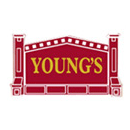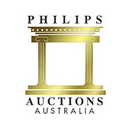

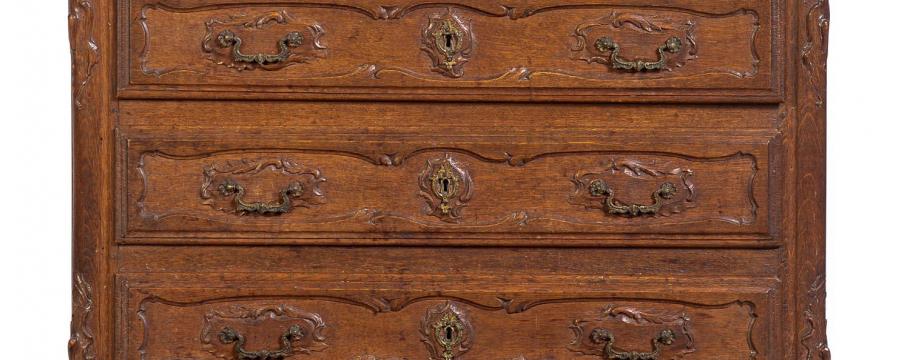
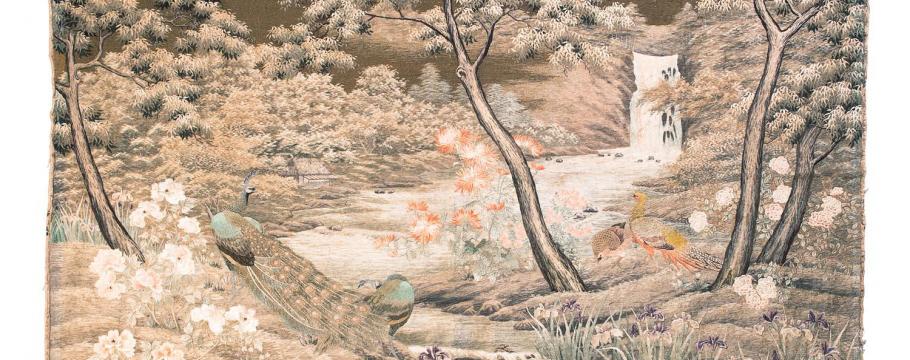

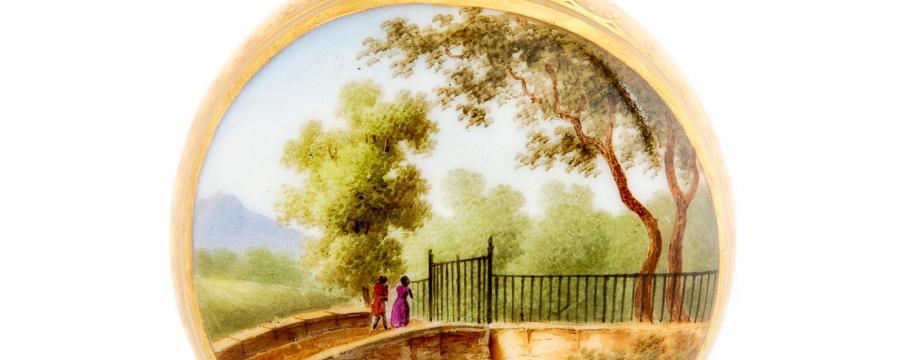

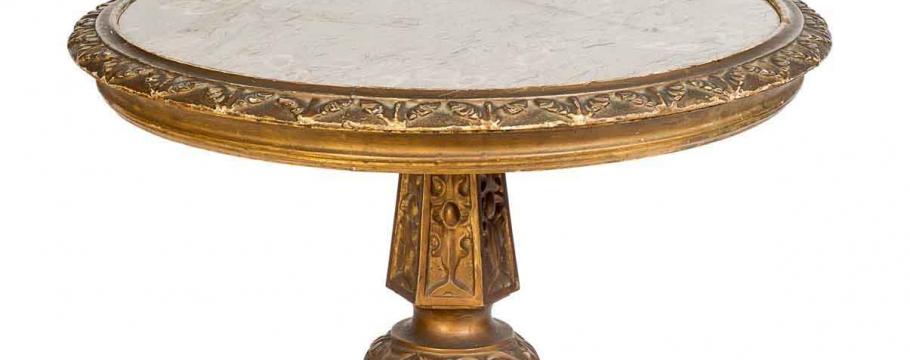
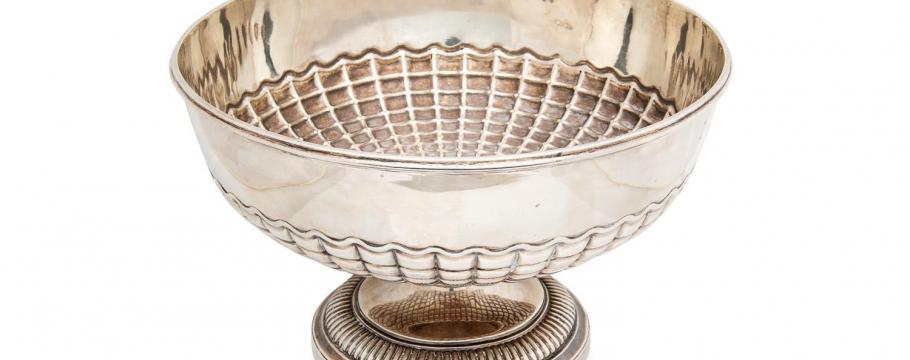

A rose by any other name - auction a reminder of Flemington's famous gardens
Author: Richard Brewster | Posted: 26th July, 2016
Items belonging to the woman responsible for Flemington Racecourse’s rose garden and the wearing of flowers on major Spring Carnival racing days will be part of Mossgreen’s three-day International Decorative Arts auction from 4pm Sunday July 31 at 926-930 High Street, Armadale.
In 1962, the late Sheelah Wood convinced her Victorian Racing Commission committee member husband Sam (and other committee members) to wear a blue cornflower on Derby Day as a symbol of respect to soldiers killed in World War II – a custom already followed by the French.
She followed up with the idea of wearing a different flower for each subsequent day of the Cup Carnival – a yellow rose for the Melbourne Cup, a pink rose for Oaks Day and a red rose for Stakes Day.
Sheelah then got to work on Sam and other high placed contacts to plant the first roses.
Until then, the gardens were sown with glasshouse-cultivated orchids – a very expensive exercise requiring vast amounts of water.
Today, Flemington boasts Australia’s largest public rose garden with more than 100,000 plants in rows of yellow, pink, blood red and apricot.
Sheelah’s items on day one of the sale include a 1780s George III black lacquer and gilt Chinoiserie cabinet on a stand, and 18th century Dutch inlaid walnut bureau bookcase, a Louis XV provincial white marble topped walnut commode and an 18th century Italian marble topped circular tripod table. On day two, her estate ranges from lots 359 to 451.
The auction contains a strong selection of sterling silver including a rare and imposing Victorian Warwick Vase on Stand by Benjamin Smith II and dated London 1841.
The vase features relief masks of Hercules and Bacchus and sits on a square marble block containing the arms and motto of its original owner Johann Edwards.
It is based on a 2nd/4th century krater from marble vase discovered in pieces about 1771 at Hadrian’s villa in Tivoli near Rome.
Purchased by Gavin Hamilton, the vase was restored for Sir William Hamilton (1730-1803), the British envoy to Naples.
Unable to agree on a sale price with the British Museum, instead Sir William sold the vase to his nephew George Grenville, the 2nd Earl of Warwick, who in 1774 brought it to England.
The marble vase was sold in 1978 to New York’s Metropolitan Museum of Art but, when an export licence was refused, was then acquired by the Burrell Collection and is now in the Burrell Museum in Glasgow.
Other outstanding sterling silver items include a rare suite of a pair of George III two branch candelabra and matching candlesticks by William Burwash, dated London 1814, and an Adam’s style George III epergne by James Young, London 1792.
Famous silversmiths Paul Storr and George Wickes are respectively featured with a George III sterling silver circular bowl and a pair of George II sterling silver square-based candlesticks.
